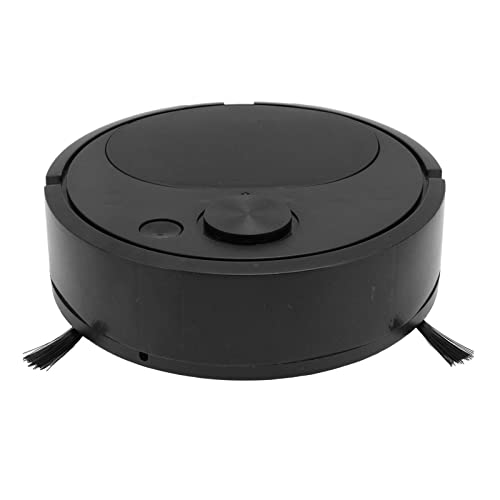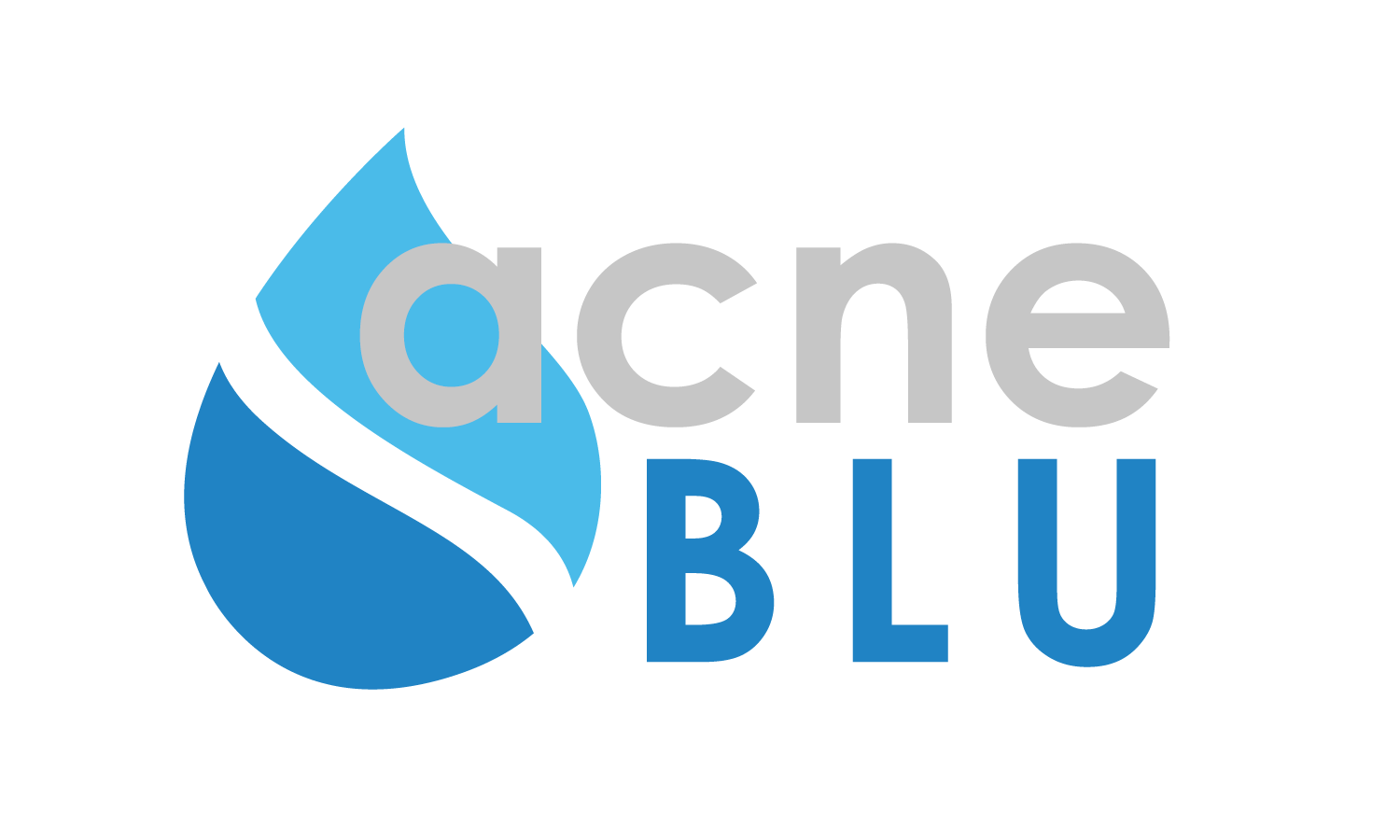 Robot Vacuum and Mop – Hands-Free Cleaning Made Easy
Robot Vacuum and Mop – Hands-Free Cleaning Made Easy
If you’re interested in a hands-free cleaner that can complete the job, you should consider this two-in-one robot. It mops hard floors and vacuums low- and medium-pile carpets, and its app lets you design areas that are not mopped and alter cleaning schedules and modes.
 Look for models that have sensors that can detect the kind of floor they are on as well as empty dirt and water from their tanks, and stay clear of obstacles like phone chargers, pet hair, and socks. Also, learn how easy it is to set up.
Look for models that have sensors that can detect the kind of floor they are on as well as empty dirt and water from their tanks, and stay clear of obstacles like phone chargers, pet hair, and socks. Also, learn how easy it is to set up.
Self-Emptying
People are always looking for ways of reducing their workload as the world becomes more frantic and hectic. Robot vacuums and mop swabs are among the most effective tools on the market to aid in this. They can clean pet hair, dirt and crumbs, while simultaneously cleaning floors. You can even use a smartphone or voice assistant to control them via preset schedules and room designations.
Self-emptying models can be a huge time-saver for both the user and the machine. You don’t have to empty the bin every time you clean. This can save you a lot of time and allows your robot to clean your entire house more often, and not have to worry about running out of space in the bin before it’s time to get a refill.
If you’re thinking about a self-emptying model ensure that the external dustbin is large enough for your home size and cleaning frequency since it will be filled quickly if you opt to run it on a regular basis. Additionally, you’ll need to ensure that the system does not overfill and cause an obstruction that stops the robot from being able to empty it fully.
The self-emptying feature is a way of removing the dustbin from the machine, and placing it in a larger storage container. Imagine it as a bag for a vacuum bot cleaner. It can be emptied after every two or three cycles. It’s a feature that is premium and makes these robots well worth the extra money over standard models.
To mop, some models automatically wash and dry their own dirty pads after every use. Others have docks that does the work for you and you only need to empty it once or twice a year.
For a single-function robot that does both, check out the top-rated Roborock model. The RockDock-S7 MaxV Ultra can both mop and vacuum, thanks to a a special dock that does all the maintenance for you. It’s not necessary to empty the tanks manually and you can also schedule the unit or start it using the on-device controls and voice assistants like Alexa and Google Assistant. It has boundary strips that keep it from straying into other areas of your house even if you don’t want it to.
Object Avoidance
The top robot vacuums have objects avoidance, smart vacuum which can help the device move through furniture legs and toys for children. This feature is essential for households with pets and children, as the robot will stop or break if it bumps into them.
The technology is typically based around a single sensor or two sensors that are situated close to the bumpers that absorb shocks of the vacuum cleaner. If these sensors detect a danger the robot will then rotate and reorient itself until it finds a path that is clear. Certain models employ lidar technology that uses lasers to measure the distance between the robot and the surrounding objects. This allows the device to create a live map of its surroundings, and allows it to move around your home with greater effectiveness.
Other robovacs, that do not utilize lidar technology, are made to detect obstacles using cameras using monocular or binocular sight. These systems are most efficient in bright light but they don’t perform better in low light or with objects that have the same color as the environment. For instance, a robot with monocular vision might have trouble recognizing cables or shoes.
Some of the most advanced robot vacs do more than just avoid obstacles, which is the reason they’re also called smart vacs. They can build an imaginary map of your home’s layout and let you send them to specific rooms or areas using the app. They can even keep track of the areas they’ve previously cleaned. This can reduce cleaning time and ensure that your home is well cleaned.
The most modern robotic vacuums and mops switch between different floor types. Certain models automatically recognize the type of flooring in the room and adjust their suction and brush functions accordingly. Some even allow switching between hard and carpet without affecting suction power.
Regardless of the flooring type, all smart vacuums and mops should be equipped with some form of obstacle avoidance. These mechanisms ensure that the appliances don’t ensnare themselves in a web of wires, which could cause them to lose suction. Some models have a checklist of objects they know about for example, socks, shoes and pet waste. The most effective models can recognize these items as well as calculate their size and distance and escape them without hitting them.
Floor Mapping
Most robot vacuums are equipped with sensors that detect objects. If a object — like furniture legs or a randomly toy that is thrown around gets in the way, it triggers a sensor that instructs the vacuum to steer away from the obstacle and to move towards a cleaner section of the floor. These sensors aren’t foolproof. For example, the Roomba 900 Series was able to avoid our shoelaces and wired headphones, but it accidentally sucked up an USB cord. We recommend putting objects out of the robot’s path before running through your home’s rooms.
Many of the vacuum and mopping robots that vacuum and mop we’ve tested in The Spruce come with an application that allows you to save maps, create schedules, choose cleaning modes and monitor your robot’s progress. The top apps provide features that improve the efficiency of your robot. They are user-friendly and easy to use.
App integration also helps you keep track of your robot’s water tank and dirty pads. Look for models that allow you to check how full the tank is and how much the pad is soaked and when it’s time to change the cloth. You can set up a schedule that will automatically change the pad every time it gets wet to stop mildewy odors from growing.
The mapping feature is crucial for robot vacuums which work on multiple floors. It allows the robot to create a virtual map of your home that it can use to navigate between rooms and clean the different areas more thoroughly. Some robots combine sensors and artificial intelligence to create maps. For instance, iRobot’s vacuuming Mapping feature makes use of multiple sensors to scan a space, including walls and corners, to find out the distance it can travel before it hits obstacles or hitting furniture.
Other robots, including the Ecovacs Deebot X1-OMNI and the Roborock S7 MaxV Ultra, use optical sensors to determine where walls are. They can then apply an algorithm to map or follow the edges of the furniture to figure out the most efficient way for each room.
Mopping Sets
Robot vacuums operate automatically and require nothing more than press a button on a remote or in an app to clean up a room. You can also make use of voice commands to create schedules which is a great feature for busy families that would like their robot to do its chores at the same time every day.
Many robot mops have microfibre pads, which are hydrated by water tanks at the base. They can be used several times before they have to be washed or replaced. Models that allow for adjustment of the flow of water to fit different floors are ideal. Also, think about the size of your tank, the capacity to switch between wet mopping and dry mopping, as well as the amount of time a mop that is robotic can last on a single charge.
The most effective robot mop mops are able to sweep floors quickly and efficiently, even under tables and around obstacles. They’re not perfect, however, and can struggle to get up and down the stairs or over ledges which separate rooms. They can leave streaks on timber or tiles especially in bright sunlight.
A good quality robot vacuum and mop must also have sensors that can recognize and avoid carpet. This is a crucial feature for those who have multiple flooring in your home, because it ensures that the cleaner won’t be sucked up by or run into carpet. It should be able to identify other objects which may interfere with the cleaning like cords and tassels. This will allow you to create “no-go zones” that prevent the robot entering these areas.
The majority of robot cleaners that we test in our CHOICE lab are equipped with a Smart vacuum app integration. This allows you to save your home’s maps, set up cleaning schedules, and select cleaning options. You can also create virtual barriers that block your robot out of certain areas and receive (sometimes humorous) error alerts when the device is experiencing issues. Some apps are more user-friendly than others, and some have a webcam that allows live monitoring of your robot.
